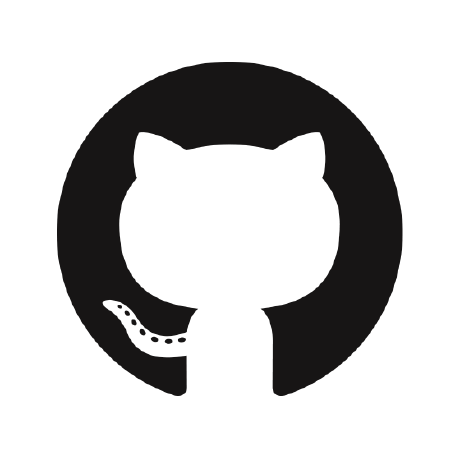Tenzir Node v4.27 enhances the charting capabilities and integrates with IAM for authenticating to Amazon MSK.
TQL1 pipelines are deprecated starting from this release and the node will warn on every execution of such pipelines. TQL2 is now in a much more mature state and is the recommended way forward. Read more.
AWS IAM Authentication for MSK
Amazon Managed Streaming for Apache Kafka (Amazon MSK) is a streaming data service that manages Apache Kafka infrastructure and operations, making it easier for developers and DevOps managers to run Apache Kafka applications and Apache Kafka Connect connectors on AWS without becoming experts in operating Apache Kafka.
Serverless MSK instances currently only support IAM Authentication, which means you could not communicate with them using Tenzir. This unfortunate situation has now changed!
With this release, the load_kafka and save_kafka operators can now
authenticate with MSK using AWS IAM by simply specifying the aws_iam
option with a record of configuration values such as:
load_kafka "kafkaesque-data", aws_iam={region: "eu-west-1"}The above pipeline will try to fetch credentials from various different locations including Instance Metadata Services. This means you can attach a role with the necessary permissions directly to an EC2 instance and Tenzir will automatically pick it up.
Assuming roles
Roles can also be assumed by giving the assume_role parameter to the aws_iam option.
save_kafka "topic", aws_iam={region: "eu-west-1", assume_role: "arn:aws:iam::1234567890:role/my-msk-role"}The above pipeline attempts to fetch temporary credentials from Amazon STS for the given ARN.
Example
Collecting High Severity OCSF events from MSK
let $endpoints = ["indexer-1-url", "indexer-2-url"]
load_kafka "ocsf-events", aws_iam={region: "us-east-2", assume_role: "arn:aws:iam::1234567890:role/my-msk-role"}
read_json
where severity_id >= 4 // High and above
load_balance $endpoints {
to_splunk $endpoints, hec_token=secret("SPLUNK_TOKEN")
}
The above pipeline reads OCSF events from MSK, assuming the role referenced by the provided ARN. The incoming data is then filtered for severity and sent to Splunk clusters in a load balanced fashion.
Charts, Retention and TLS
This release also includes a number of other notable features for the Tenzir Node.
Charts
This release brings over the family of familiar charting operators from TQL1 with some new delightful features. The new operators allow you to group by different fields or choose a resolution for a time-series-like data and more!
We explore charting in more detail in our upcoming Tenzir Platform v1.8 release blog post, so stay tuned.
Retention
Two new settings tenzir.retention.metrics and tenzir.retention.diagnostics
control the retention time of metrics and diagnostics.
These options indicate for how long to store metrics and diagnostics, respectively. For example, the following configuration stores metrics for 30 days and diagnostics indefinitely:
# /opt/tenzir/etc/tenzir/tenzir.yaml
tenzir:
retention:
metrics: 30d
TLS
We've added new options for establishing the connection to the Tenzir Platform that make it easier to use the Tenzir Node in self-hosted environments with private certificate authorities.
The tenzir.platform.cacert option points to a file containing one or more
CA certificates that are used for validating the certificate presented by
the platform.
The tenzir.platform.skip-peer-verification option can be enabled in order to
connect to a Tenzir Platform instance that is using self-signed certificates.
TENZIR_PLATFORM__CACERT=/path/to/certificates.crt
TENZIR_PLATFORM__SKIP_PEER_VERIFICATION=true/false
Note that these settings only apply to the connection made from the Tenzir Node to the Tenzir Platform on startup, and not to any outgoing HTTP connections made by individual pipelines.
Let's Connect!
We’re excited to engage with our community! Join us every second Tuesday at 5 PM CET for office hours on Discord. Share your ideas, preview upcoming features, or chat with fellow Tenzir users and our team. Bring your questions, use cases, or just stop by to say hello!

